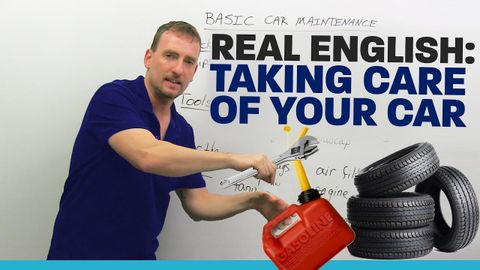本物の英単語。車の手入れをする (Real English Vocabulary: Taking care of your car)
lagigogo が 2021 年 01 月 14 日 に投稿  この条件に一致する単語はありません
この条件に一致する単語はありません- v.t./i.突き刺す : 刺し込む;貼る : くっつける;とどまる;突き出す;我慢する
- n. (c.)棒
US /ɪn'gedʒ/
・
UK /ɪn'ɡeɪdʒ/
- v.t.武力によって衝突する;雇用する;人の興味を引く;従事する;かみ合う;約束する
US /ˈprɑːpərli/
・
UK /ˈprɔpəlɪ/
US /ˈbesɪkəli,-kli/
・
UK /ˈbeɪsɪkli/
エネルギーを使用
すべての単語を解除
発音・解説・フィルター機能を解除

